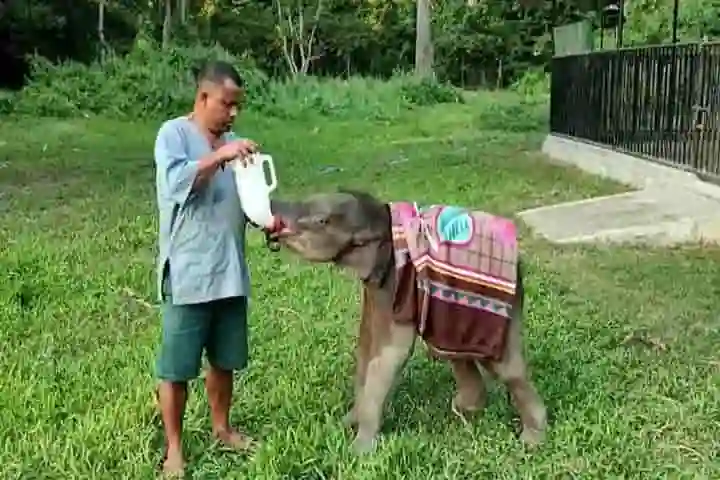With cold and chill becoming severe, just like human beings, animals too are facing problems. In the Northeast with the mercury going down, Guwahati’s Assam State Zoo and the Centre for Wildlife Rehabilitation and Conservation located at Kaziranga National Park in the State have swung into action helping the inmate animals to survive the harsh winter.
Authorities at the Assam State Zoo have installed heaters and also made the necessary changes in the animals’ diet so that they can brace the cold.
Talking to the media, the Chief Animal Keeper, Rajani Kanta Deka said: “We have used heaters to warm the rooms for tigers, lions and pythons. We have installed a heater to warm the water for tortoises and also used 100-watt bulbs in the rooms. We have also used paddy straw for deer.”

The Head Animal Keeper of the Zoo, Prabin Haloi, sharing details about additional measures added: “We will use floor carpets when the mercury level dips further.”
The avian population too is being taken care of as arrangements have been made to keep the birds and other animals warm at the Zoo.
At the Centre for Wildlife Rehabilitation and Conservation (CWRC) at Kaziranga, special care is being taken for the one-horned rhino and elephant calves. Blankets have been provided for the two baby elephants to keep them warm during this cold spell.
Dr. Samsul Ali, CWRC veterinarian said: “Currently, five rhinos and nine elephants are at CWRC in Kaziranga. During the cold wave, we are looking after the baby elephants by covering them with blankets. We are also caring for the rhino calves and have taken measures for the birds.”

Apart from these animals, CWRC which was established in 2002 to support Assam Forest Department in responding to emergencies pertaining to wildlife in the region and during floods, also has one buffalo calf, five leopards and one Royal Bengal tiger. The authorities are considering the food intake of the tiger, while the birds are being kept warm with bird brooder.




















